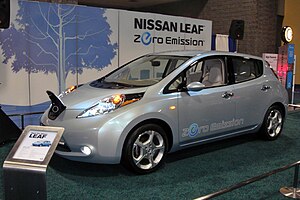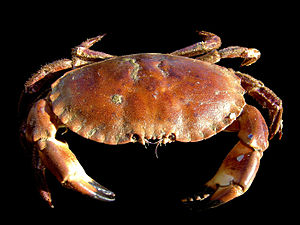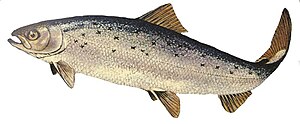I heard something on the radio last week that made me think about my next vehicle purchase. The person was talking about how much car it takes to haul a relatively small human being around. Specifically, they were commenting on the fact that our cars weigh thousands of pounds each, even though they are frequently used for single passenger use.
 Image via Wikipedia
Image via Wikipedia
I wish there was some fancy name for this statistic, but I couldn't find one so I'm calling it Auto Weight per Person. If I figure my Honda Pilot weighs 4400 pounds and usually carries 3 people, that means that it's almost 1500 pounds of car to drive each of us around. When you look at it that way, it is shockingly high.
My SUV does frequently have two kids, a dog, swim gear, baseball gear, snacks, etc. but I can't escape the fact that it is BIG. Since it has now passed into six-figure mileage numbers, I know I need to start thinking about future options.
So... what to do? I really don't want to give up the 4WD capabilities of my SUV, but truthfully don't need them on 95% of my driving, so I'm looking more and more closely at the
Nissan Leaf for my next (i.e.
additional) car. Yes, I'm writing a green blog and contemplating a 3rd car (well, only two for me, but my husband has his own too). I guess I'm trying to convince myself that it's not a bad thing to keep the SUV for when I have either lots of kids or lots of stuff, or drive to the mountains, if I use the Leaf for all the other trips.
My new Auto Weight per Person would be closer to 1000 pounds - still very high, but apparently the Leaf has a 600+ pound battery to carry around. More details to come on the blog on why I'm looking at the Leaf vs. the Volt - the other car frequently mentioned these days.
What's your Auto Weight per Person? Feel free to put it in the comments (after using
Bing or
Google to look up "curb weight" for your car). Also, what are you contemplating for your next vehicle? Have the electrics or hybrids intrigued you yet?
 I know Caprese Salad doesn't normally have cucumbers, but with such a great looking
I know Caprese Salad doesn't normally have cucumbers, but with such a great looking  cucumber, I couldn't resist. Fresh cucumber and basil from t
cucumber, I couldn't resist. Fresh cucumber and basil from t he garden. Fresh tomato and mozzarella from the store. Yum! Can't wait for my own tomatoes - which are currently a tad small and very green!
he garden. Fresh tomato and mozzarella from the store. Yum! Can't wait for my own tomatoes - which are currently a tad small and very green!










